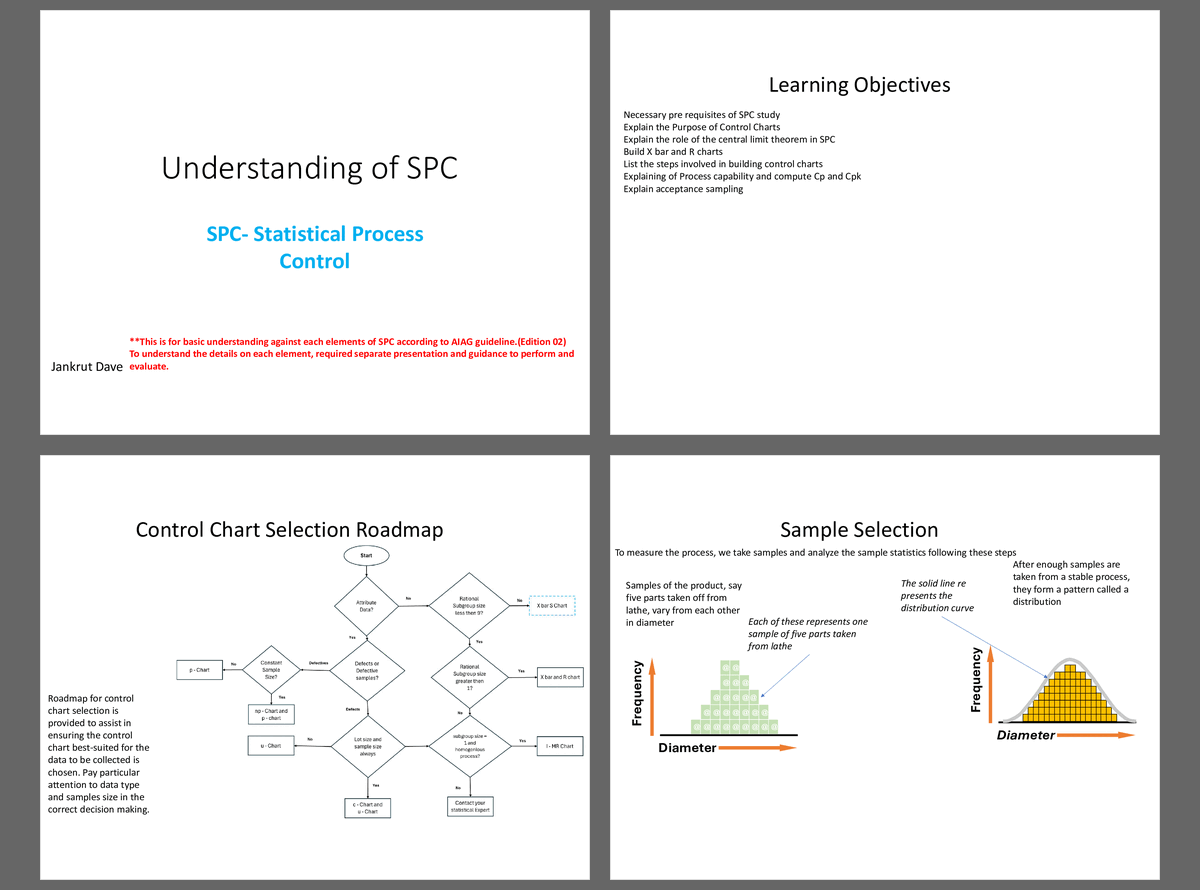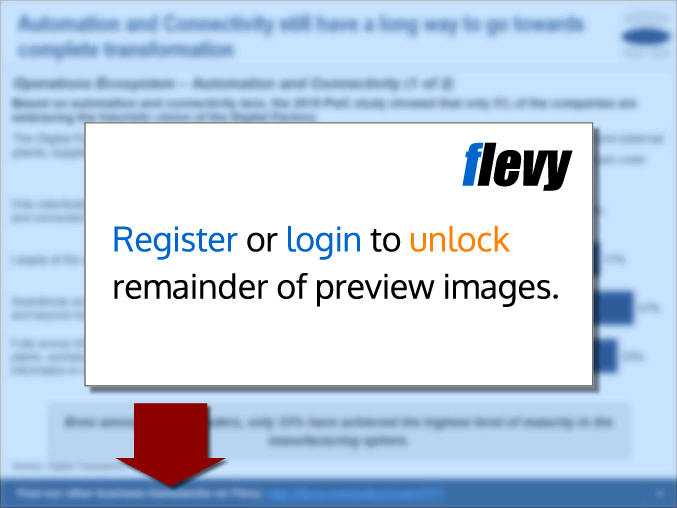Understanding of SPC for Variable Charts (PDF)
PDF document 31 Pages
SPC PDF DESCRIPTION
Understanding Statistical Process Control (SPC) for Variable Charts
Statistical Process Control (SPC) is a method used in manufacturing and process industries to monitor, control, and improve processes by analyzing data. SPC helps in detecting variations in processes, ensuring consistency, and maintaining quality. It is based on the use of control charts, which help identify trends, variations, and potential defects before they lead to major quality issues.
SPC charts are broadly classified into variable charts and attribute charts. Variable charts are used when the quality characteristic being measured is continuous, such as length, weight, temperature, or pressure. These charts provide valuable insights into the process by monitoring variations over time.
Types of Variable Control Charts
X̄ (X-Bar) and R (Range) Chart
X̄ Chart: Monitors the process mean (average) over time.
R Chart: Tracks the variation (range) within subgroups of data.
When to use: Suitable when sample size is small (n ≤ 10).
Purpose: Helps in detecting shifts in the process mean and variation.
X̄ (X-Bar) and S (Standard Deviation) Chart
X̄ Chart: Monitors the process average.
S Chart: Tracks the standard deviation of the sample, which is a more precise measure of variation than range.
When to use: Preferred when sample size is large (n > 10).
Purpose: More effective in identifying small variations in processes.
I-MR (Individual Moving Range) Chart
I Chart: Plots individual measurement values over time.
MR Chart: Shows variation between consecutive individual measurements.
When to use: Used when only one measurement per time period is available.
Purpose: Helps monitor processes that do not allow subgrouping.
Key Elements of a Control Chart
Control Limits:
Upper Control Limit (UCL) and Lower Control Limit (LCL) define the process boundaries.
If data points fall within these limits, the process is in control.
Points outside the limits indicate a possible issue requiring investigation.
Center Line (CL):
Represents the process average (mean).
Process Variation:
Natural variation exists in all processes; SPC charts help distinguish between normal variation and special cause variation (unexpected issues).
Interpreting Variable Control Charts
Process in Control (Stable Process)
Data points are randomly distributed within control limits.
No unusual patterns or trends are observed.
Indicates a predictable and well-maintained process.
Process Out of Control (Unstable Process)
Points fall outside control limits.
Patterns such as trends, cycles, or sudden shifts appear.
Indicates external factors affecting the process, requiring corrective actions.
Common and Special Cause Variation
Common Cause Variation: Normal, inherent variation in a stable process.
Special Cause Variation: Unexpected variation due to external factors like machine breakdowns, human errors, or material defects.
Benefits of SPC for Variable Charts
✅ Early Detection of Process Issues – Helps in identifying problems before defects occur.
✅ Improved Process Stability – Ensures consistency in manufacturing processes.
✅ Reduced Defects and Rework – Leads to cost savings and better product quality.
✅ Enhanced Decision-Making – Provides data-driven insights for continuous improvement.
✅ Compliance with Quality Standards – Supports ISO 9001, IATF 16949, and other quality management systems.
Got a question about the product? Email us at support@flevy.com or ask the author directly by using the "Ask the Author a Question" form. If you cannot view the preview above this document description, go here to view the large preview instead.
Source: Best Practices in SPC PDF: Understanding of SPC for Variable Charts PDF (PDF) Document, g37549607









